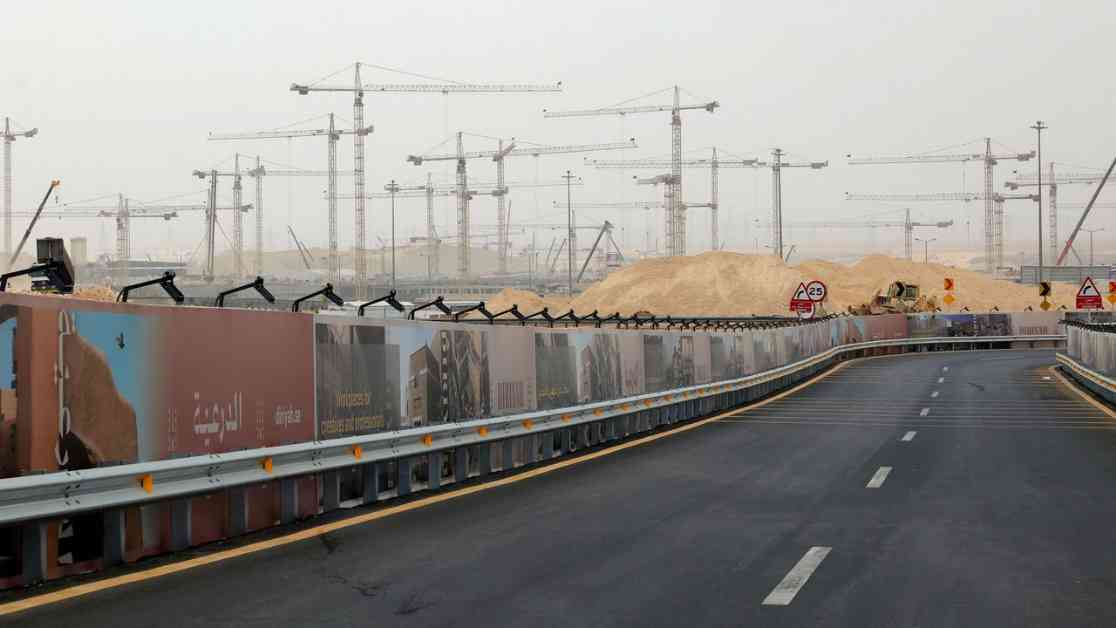Deepening Commercial Ties between Gulf and Asia: A Comprehensive Analysis
In the ever-evolving landscape of global commerce, the relationship between the Gulf region and Asia has become increasingly significant. The symbiotic nature of this partnership has not only shaped economic policies but also influenced geopolitical dynamics. This article delves into the intricate web of connections that have solidified the commercial ties between the Gulf and Asia, shedding light on the implications for both regions.
The Foundation of Cooperation: Oil and Gas Exports
The foundation of the Gulf-Asia relationship lies in oil and gas exports. The Gulf region has long been a key supplier of energy resources to Asia, accounting for nearly three-quarters of its oil and gas imports. This reliance on cheap energy from the Gulf has been instrumental in fueling Asia’s rapid industrialization and emergence as a global manufacturing hub. In return, this trade has enriched the Gulf states, filling their coffers with wealth and influence.
A New Era of Collaboration: Diversification and Innovation
While oil and gas remain central to the Gulf-Asia commercial ties, both regions are now looking towards diversification and innovation to further strengthen their partnership. Clean energy has emerged as a trillion-dollar business opportunity, with both sides investing heavily in renewable technologies. Companies like Broadcom have quietly risen to become powerhouses, leveraging technological advancements to drive growth and competitiveness.
The Future of Trade: Challenges and Opportunities
As the commercial ties between the Gulf and Asia deepen, new challenges and opportunities are on the horizon. Can traditional industries like furniture manufacturing withstand the disruptive forces of innovation, as seen in IKEA’s quest to revolutionize the sector? Will legacy automakers like Volkswagen survive in an era of electric vehicles and sustainable transportation?
Conclusion: Navigating the Path Ahead
In conclusion, the deepening commercial ties between the Gulf and Asia represent a dynamic and evolving partnership that transcends borders and sectors. As both regions navigate the complexities of global trade and economic transformation, collaboration and innovation will be key to unlocking new opportunities and overcoming challenges. The future holds immense potential for growth and prosperity, with the Gulf and Asia poised to shape the global economy in the years to come.



















